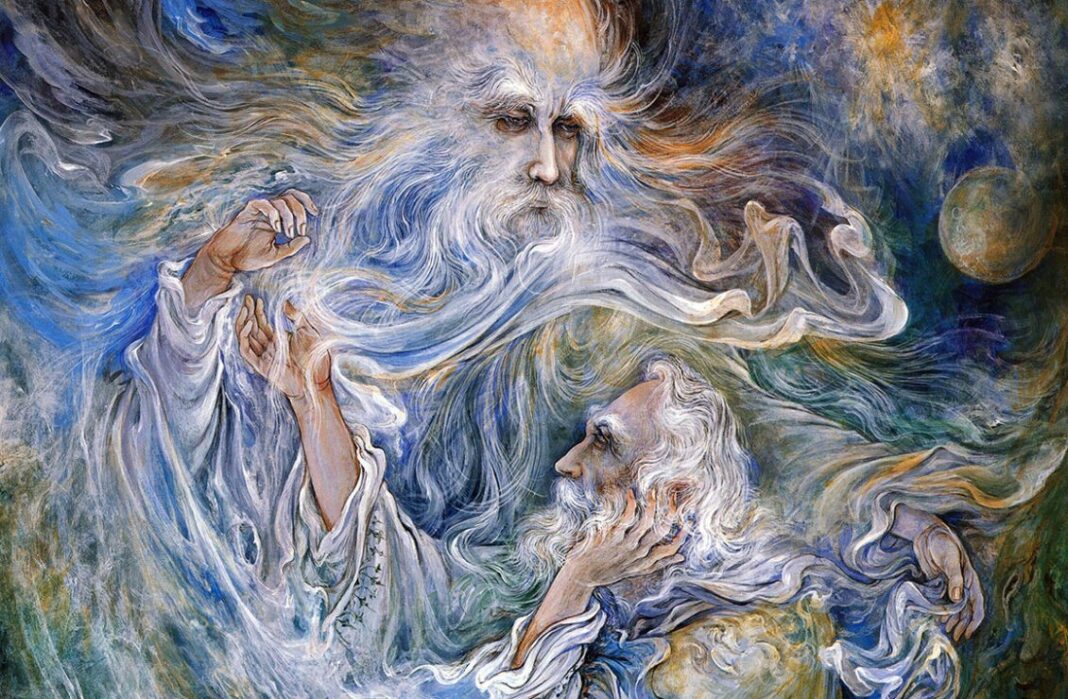The international registration came after the multinational case on the miniature art received the approval of judges at the 15t meeting of the Intergovernmental Committee for the Safeguarding of the Intangible Cultural Heritage of the United Nations’ Educational, Scientific and Cultural Organization (UNESCO) on December 16, 2020.
Iran, Turkey, the Azerbaijan Republic and Uzbekistan had jointly presented the case to the committee.
Deputy Head of the Iranian Cultural Heritage, Handicrafts and Tourism Organization Mohammad-Hassan Talebian said on the sidelines of the virtual meeting that the international registration of the miniature art is of significance.
“The registration of a specific art for a country highlights the status of the predecessors of the people of that country and will trigger a kind of emotional reaction to cultural and arts heritage,” he noted.
“The registration of the miniature art can not only upgrade the status of the region amid the global cultural diversity, but also boost the power of imagination and the establishment of a unique art in the public’s awareness in society, and can also serve as a driving force in the domain of research on global culture in the context of art,” he added.
The art of miniature was the 15th Iranian cultural element inscribed on UNESCO Lists of Intangible Cultural Heritage.
The miniature is a type of two-dimensional artwork that involves the design and creation of small paintings on books, papier-mâché, rugs, textiles, walls, ceramics and other items using raw materials such as gold, silver and various organic substances.
Historically, the miniature was exemplified by book painting in which the text was supported visually, but the element has evolved and can also be observed in architecture and as an adornment in public spaces.
The patterns of the miniature represent beliefs, worldviews and lifestyles in a pictorial fashion and also gained a new character through the Islamic influence, according to UNESCO’s website.
